What is an Omnidirectional Cellular 4G LTE 5G NR Antenna?
The Extra Wideband antenna Omnidirectional Cellular 4G LTE 5G NR Antenna CTRF-ANTENNA-AP-60600-13195-SMA-B is a high gain 8 dBi antenna, 2G, 3G, 4G, 5G NR, and 6G Antenna – IP66 Rated waterproof antenna manufactured by C&T RF Antennas Inc. Which Supports 6G, 5G, 4G, LTE, 3G, 2G, and GSM frequency bands and externally mounted.
This indoor-outdoor antenna Omnidirectional Cellular 4G LTE 5G NR Antenna is designed with a 13x195mm rubber duck antenna radome, standard SMA male connector, and folded/swivel/90degree antenna system for 4G/5G wireless terminals.
The dipole antenna Omnidirectional Cellular 4G LTE 5G NR Antenna is manufactured by C&T RF Antennas Inc, the 5G new radio antenna manufacturer, and 4G 5G LTE antenna supplier in China.
C&T RF Antennas Inc provides different 4GLTE 5G NR antenna types such as Through-hole Mount Antennas, Magnetic Mount Antennas, Rubber Duck Antennas, Fiberglass Antennas, PCB Antennas, FPC Antennas, Spring Coil Antennas, Sector Antennas, Yagi antennas, etc.
C&T RF Antennas Inc provides the internal-external antenna with many radio frequency bands such as Cellular, 6G, 5G, 4G, 3G, NB-IoT, GNSS, GPS, Dual-band Wifi, 5.8 GHz, 2.4 GHz, 169MHz, 230MHz, 315MHz, 433MHz, 868MHz, 915MHz LoRa, UWB, RFID, ADS-B, etc.
C&T RF Antennas Inc provides single-band, dual-band, and multi-band antennas such as 3in1 combination antennas 4G/GPS/Wifi antennas, 2in1 4G/GPS antennas, GSM/GPS antennas, 4G/Wifi antennas, GPS/Wifi antennas, etc. for Wi-Fi And Bluetooth, GPS And GNSS, LoRa And ISM, IoT, And M2M applications.
Contact us for more Omnidirectional Cellular 4G LTE 5G NR Antenna details such as Omnidirectional Cellular 4G LTE 5G NR Antenna datasheet, Omnidirectional Cellular 4G LTE 5G NR Antenna pricing, Omnidirectional Cellular 4G LTE 5G NR Antenna inventory, or the other 5G NR antenna styles.
Omnidirectional Cellular 4G LTE 5G NR Antenna Specifications
Omnidirectional Cellular 4G LTE 5G NR Antenna Electrical Specifications | |
| RF Antenna Type | Rubber Duck Antenna |
| Model | CTRF-ANTENNA-AP-60600-13195-SMA-B |
| Frequency Range | 600-6000MHz |
| Gain | 8dBi |
| VSWR | ≤3.0 |
| Impedance | 50 Ω |
| Polarization | Verticle |
| Directional | Omnidirectional |
| Connector | SMA Male |
| Max Power | 50W |
| Lightning Protection | DC-Ground |
Omnidirectional Cellular 4G LTE 5G NR Antenna Mechanical Specifications | |
| Dimension | 13*195mm |
| Weight | Approx.30g |
| Radome Material | Plastic ABS |
| Operation Temperature | -20˚C ~ +80˚C |
| Storage Temperature | -40˚C ~ +85˚C |
| Color | Black |
| Antenna Design | Dipole Array |
| Mounting | SMA Connector |
| Safety Emission and other | RoHS Compliant |
| Applications | ISM/SCADA/Utilities/IoT/NB-IoT/LoRa/2G/3G/GSM/GPRS/PCS/4G/LTE/5G NR/6G |
What advantages does New 5G bring?
What are the advantages that 5G brings, an aspect that you have surely heard too much about already? The main thing is that main advantage that 5G offers over 4G LTE is faster speeds, mainly because 5G has more spectrum available and it uses more advanced radio technology, it will also offer lower latency than 4G.
5G has a very fast theoretical maximum speed of 1 to 10 Gbps download speed and 1-millisecond latency, but in reality, we might expect a minimum average download speed of 50 Mbps and a latency of 10 milliseconds, compared to the current average of 4G speed of about 15 Mbps and 50 milliseconds.
This depends on network coverage, as well as the number of people connected near you and the devices you are using.
Because 5G is an umbrella term covering many different technologies, it’s hard to compare everything to 4G one by one. What really separates 5G from any 4G LTE is that the higher speeds of 5G require mmWave (millimeter wave) high-frequency bands.
These high frequencies have very large bandwidths, so they are perfect for keeping everyone connected to the internet in busy environments like stadiums. The effectiveness of this work depends on massive MIMO (multiple inputs multiple outputs) and beamforming.
While 4G base stations may typically have 12 antennas to send and receive data, 5G base stations may support 100 antennas due to massive MIMO. But these higher mmWave frequencies are more likely to be blocked, and multiple antennas can lead to greater interference.
So beamforming is used to identify the best route for each connected user, which helps reduce interference and increases the chances that easily blocked signals will reach their intended recipients.
Omnidirectional Cellular 4G LTE 5G NR Antenna Rubber Duck Antenna Features
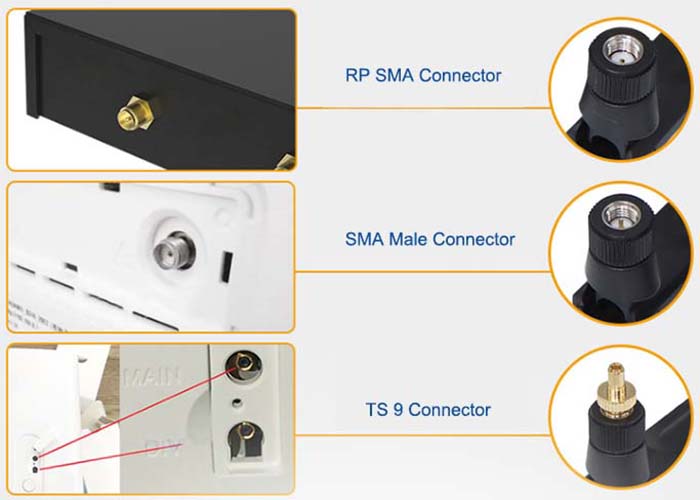

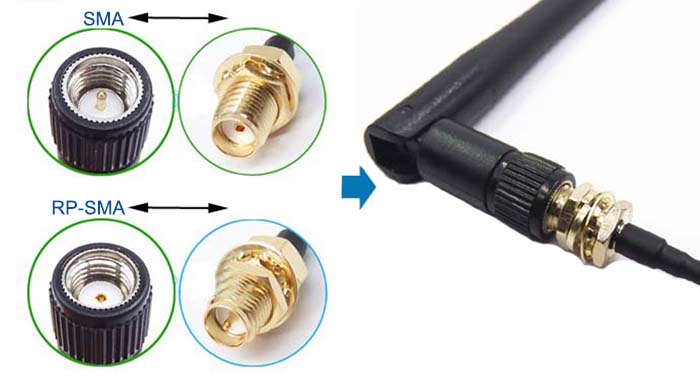
Omnidirectional Cellular 4G LTE 5G NR Antenna Functions
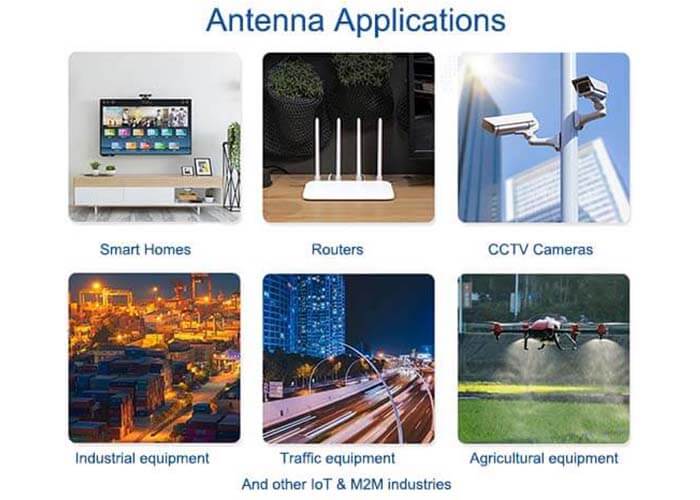

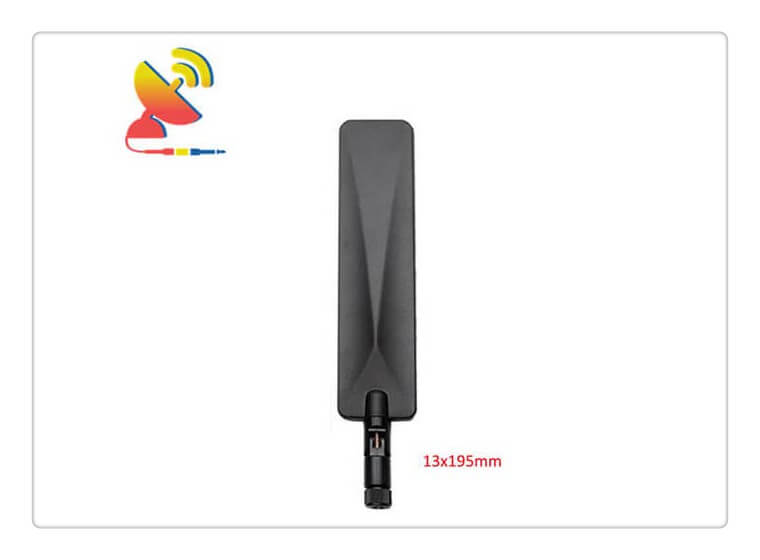
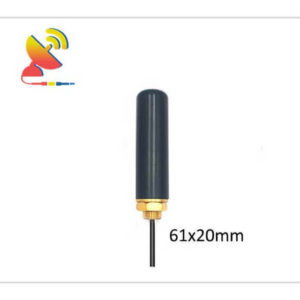
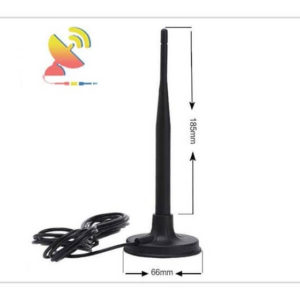
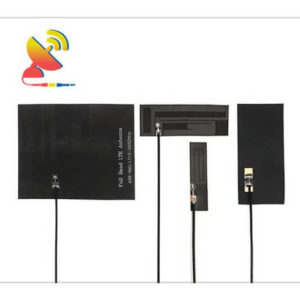
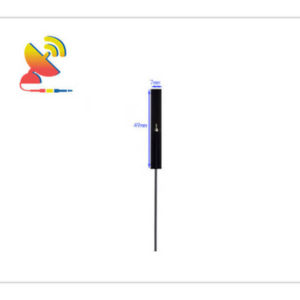
Reviews
There are no reviews yet.